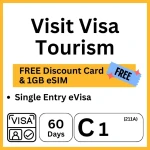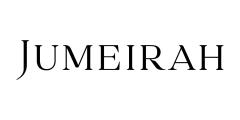Things to Do in Bali
What are the Visa Requirements for Liechtenstein Citizens?
Bali Visa for Liechtenstein
Enter into Indonesia / Bali with a Liechtensteiner Passport
Liechtensteiners can travel to Bali Indonesia. You can now get a Visa on Arrival (30 days valid). If you wish to stay longer than 60 days you would need to apply for a B211A Visit Visa before arriving in Indonesia. Bali.com can facilitate the B211A Visa for you if you need. Please find all updated information about the Visa on Arrival by clicking the button below:
- How much does the Visa on Arrival Cost?
- How long is the Visa on Arrival valid?
- Can the Visa on Arrival be extended?
Traveling to Bali?
Digital Discount Card
Save at 200+ Partners & 1GB FREE eSIM
Waterbom, Rafting, Padel & tennis, Accommodation, Car Rental & Tours, Trekking, Canyoning, e-Biking, Spa & Fitness, Restaurants, ATV, Scuba Diving, Devdan Dance Shows, Cooking Class, Airport Transfer....and more
Info & Prices
SMALL INVESTMENT - BIG SAVINGS
Get Ready for Your Bali Trip
Visas Discounts Int. Driving Permit eSIMS & Data Hotels & Resorts Airport Transfer Medical Insurance Customs Form Tourist TaxVISIT VISA - Visa on Arrival
Commonly known as Visa on Arrival for 90+ nationalities. Valid for 30 days, can be extended once.
VISA 211A
Applies to the countries not listed for the B1 Visit Visa (Visa on Arrival). Needed if you plan to stay longer than 60 days, 211A visa is extendable twice giving you the possibility to stay up to 180 days in Bali.
TRAVEL REGULATIONS
For your travel planning: All what you need to arrange and know before travelling to Bali and Indonesia. Tourist Tax, Custom Form etc























